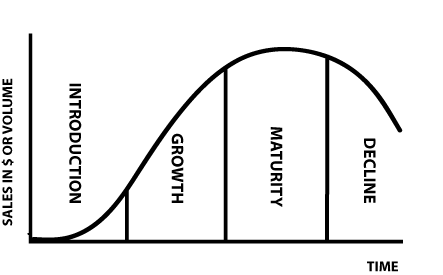
Uber

DIFFUSION OF INNOVATION
According to the diffusion of innovation theory by Rogers (2005), the market can be divided into five segments; innovators, early adopters, early majority, late majority, and laggards. Uber is regcognised the one who has diffused rapidly as Uber was developed and released as the world’s first P2P search engine around during the period of 2009, and 2010 then officially expanding to international markets in 2012. By late-2015, Uber had a funding of $62.5 billion valuation and provided the service in over 300 cities of 68 different countries. Uber is still growing globally and many other companies continue to copy its business model called "Uberification" (Website uber.com).
It is apparent that Uber has been already diffused to the late-majority segment of the market, as it has expanded its business to 68 countries across the world. In term of product life cycle, Uber is identified as being in between growth and maturity stage. Even Uber is widely used in these days, though if comparing Uber's market share with global taxicab/limousine market, there is still a largespace in the industry in which Uber can exploit.


The Difussion of Innovation
(Rogers, 2005)


The Product Life Cycle
(Bartens, 2009)